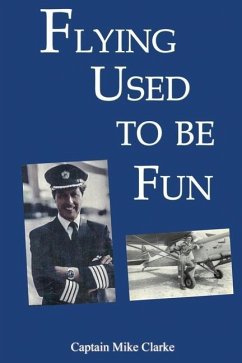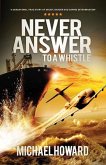Civil aviation has changed out of all recognition over the period during which the author was involved. In many ways it is now far safer than it used to be. In the early sixties, majority of flights were conducted in piston engine aircrafts and many were tail draggers i.e. you would have entered at the back of the aircraft and then struggled uphill towards your own seat. Turbine power soon took over and planes not only became faster but could climb higher, which usually produced a smoother flight. By the mid-sixties, jets were being introduced. They were even faster and flew still higher, once more increasing passenger comfort as more of the rougher weather was left below. Along with this, airfields were being expanded to cope with ever-increasing passenger numbers. For many years the government had no money to pay for updating navigational aids including safe landing systems. Appropriate radar coverage for air traffic controllers was hindered by lack of funds. Aircraft manufacturers improved the reliability of the aircraft they produced and engines were also being developed with far greater power to increase safety standards for both airfield performance and speed during the cruise. This is the story of a life lived across many different eras of aviation.








